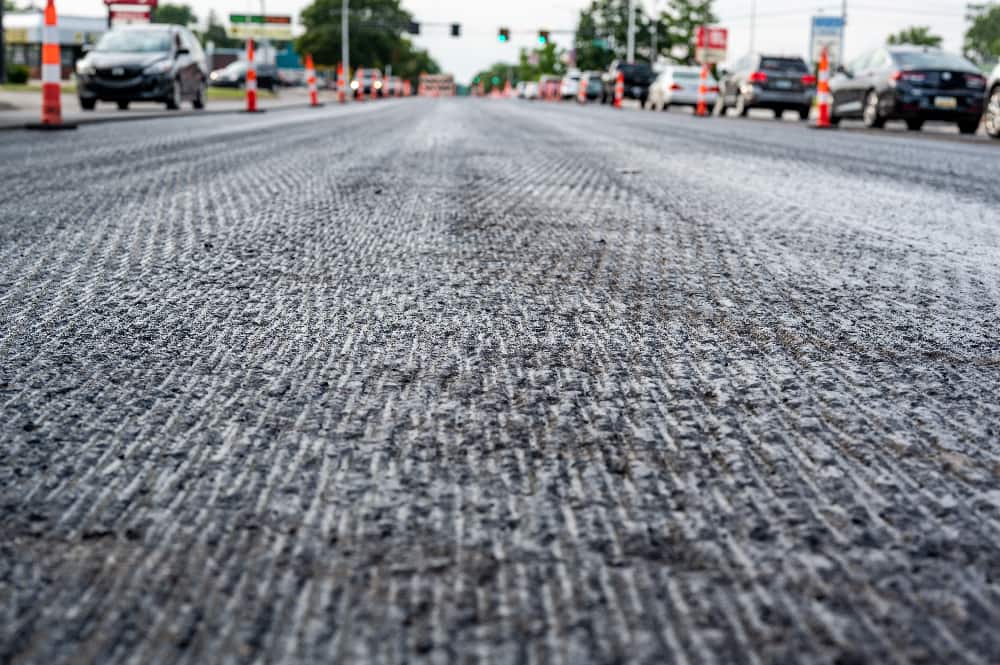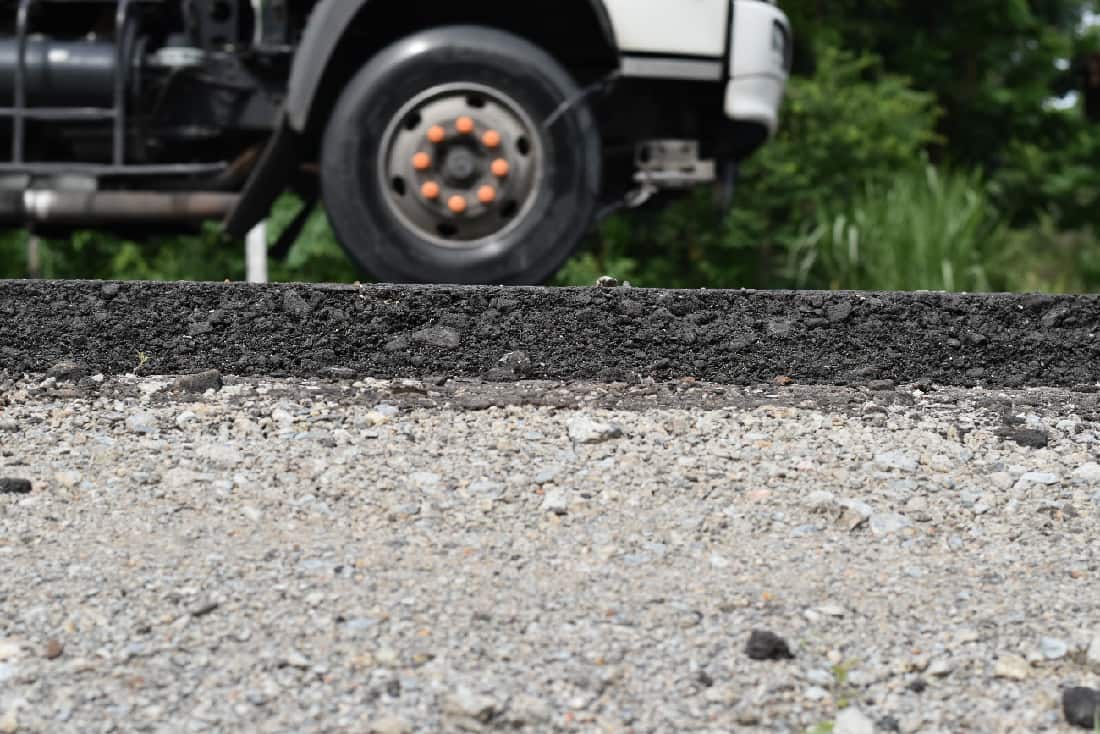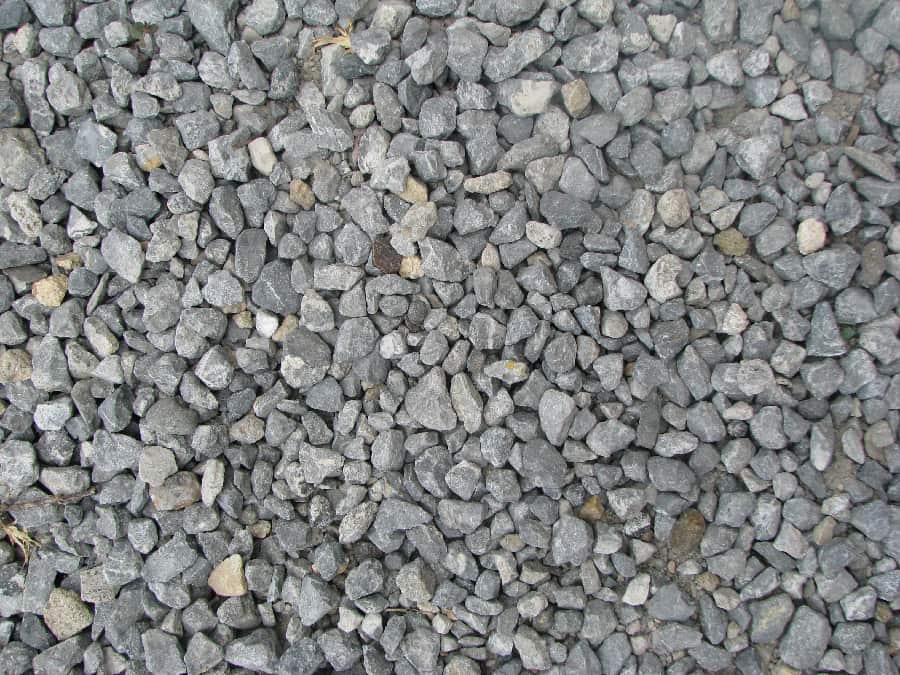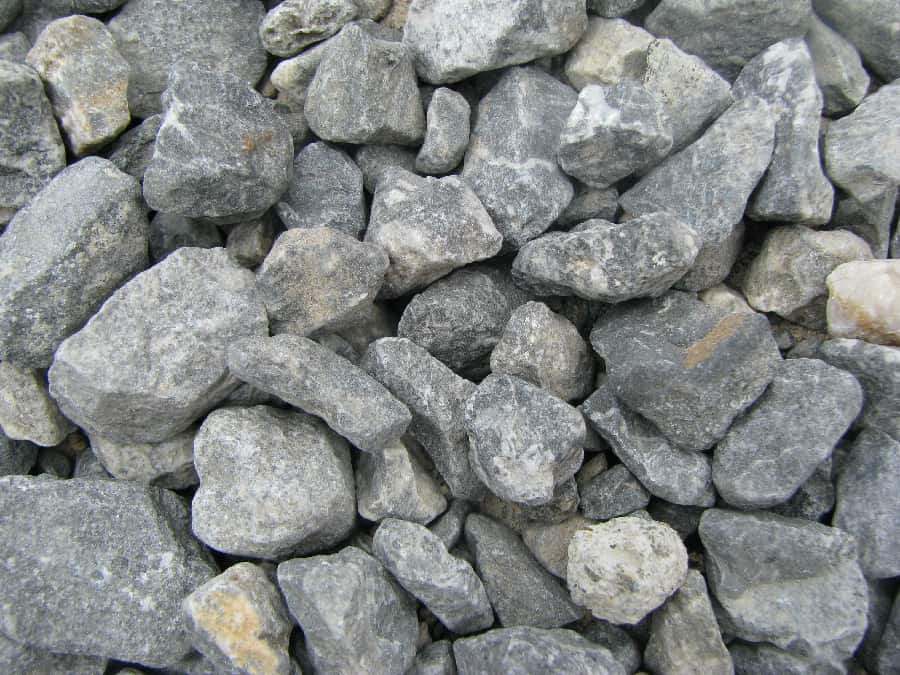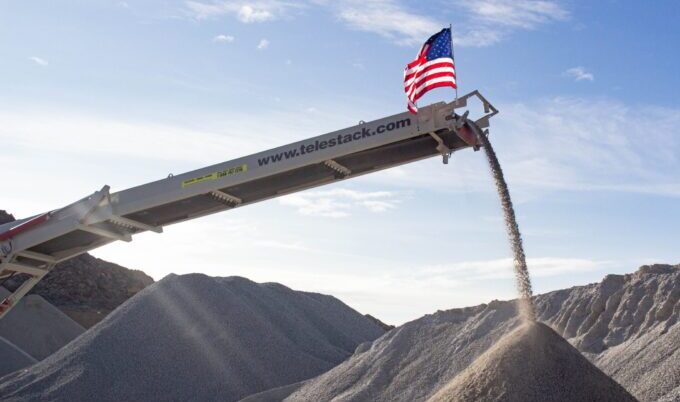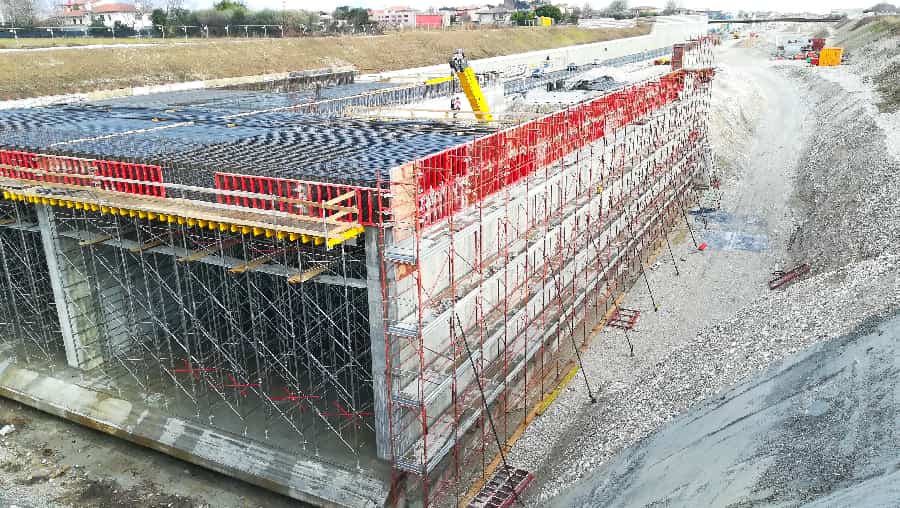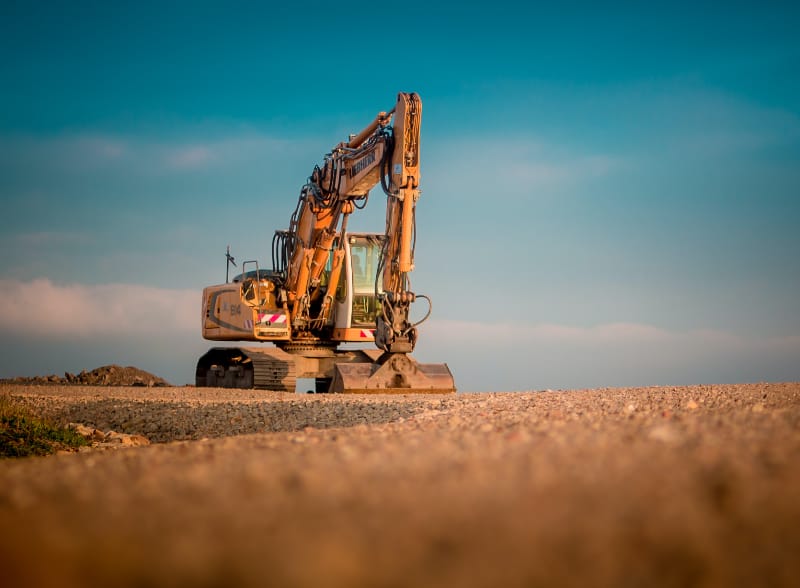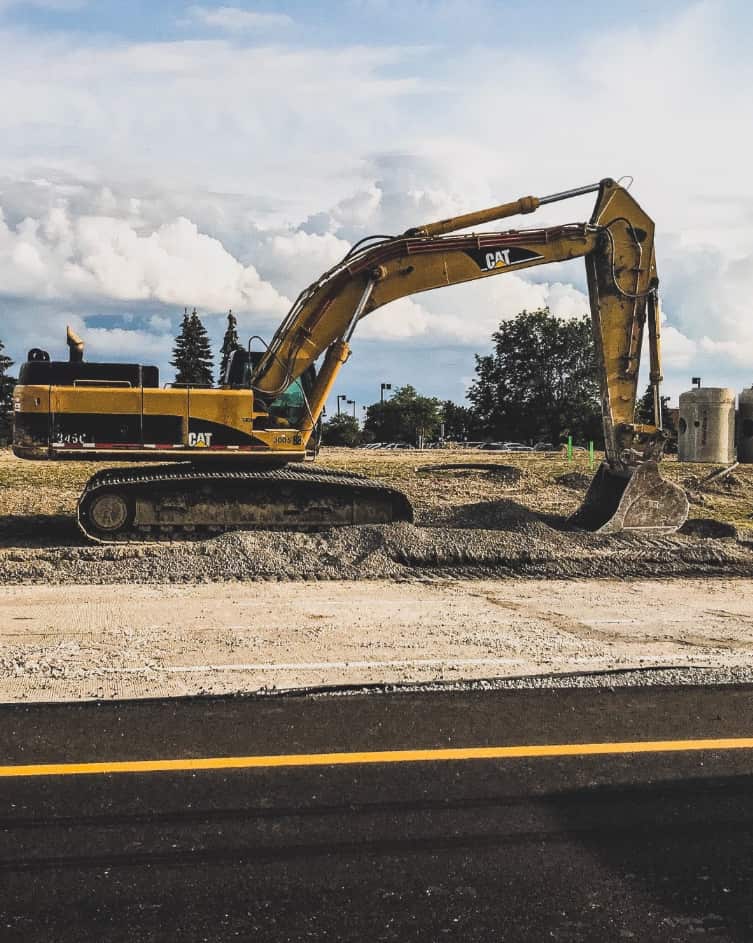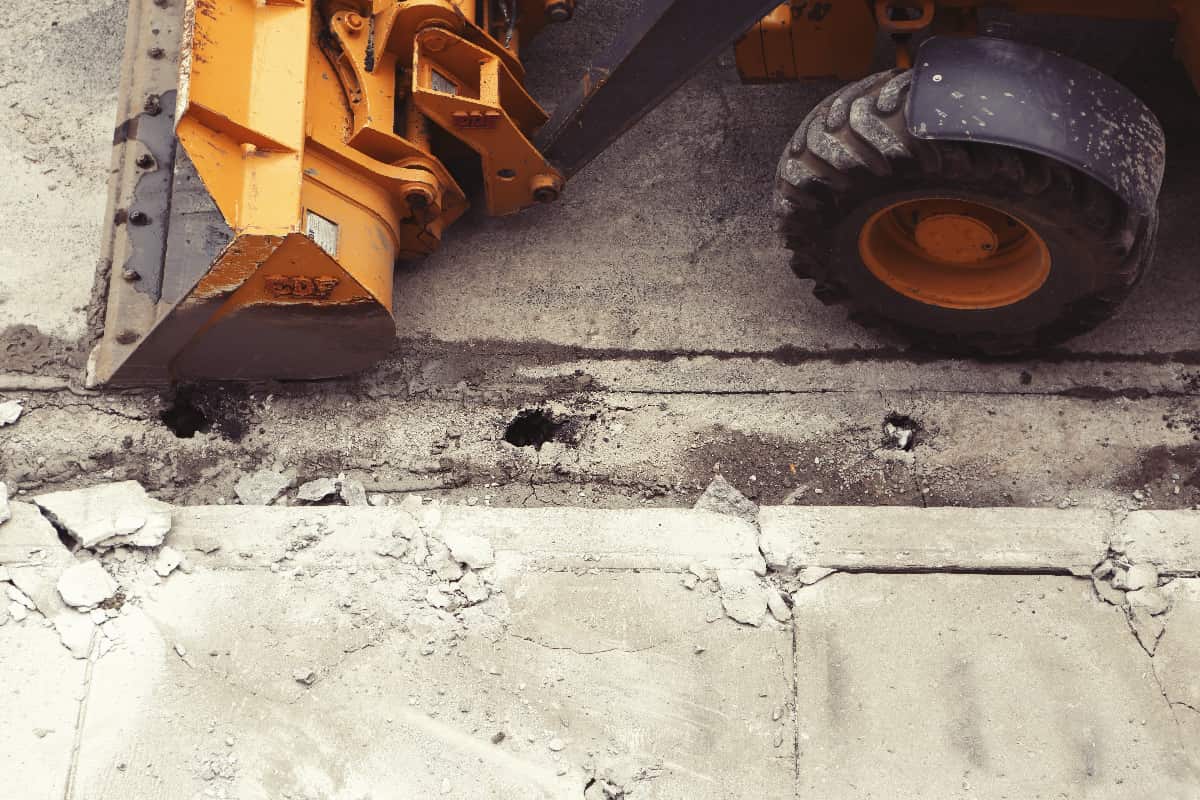
In the sun-drenched expanses of Southern California, where every road tells a story and every journey begins with a single step, there lies a secret ingredient to our well-traveled paths—granite.
Granite: The Unsung Hero of the Road
Granite is strong, reliable, and ever-present. It’s the foundation of our roads, the sturdy platform upon which our daily lives roll out. The road base material suppliers in this region don’t just provide a product; they offer stability, durability, and unwavering support.
Granite is the ideal candidate for road bases. Why? Because it understands the importance of bearing the weight of our world, without crumbling under the pressure of ceaseless traffic over long periods of time.
From Quarry to Commute
The journey from a rugged quarry to a smooth road is a story of transformation. Our road base material suppliers help tell the story. It starts with the raw, unyielding granite, crushing it, refining it, until it’s ready to lay the groundwork for our travels.
Every grain of granite is a testament to a commitment to quality. It’s not just about size or texture; it’s about creating a road base that balances strength with flexibility, ensuring our roads can endure.
Why Granite?
Choosing granite for your road project in Southern California isn’t just a practical decision; it’s a choice that makes sense on all side. It’s opting for:
- Endurance: Like the enduring spirit of a well-told story, granite offers a longevity that outlives its counterparts.
- Resilience: Granite stands resilient, much like the human spirit, in the face of heavy burdens and the passage of time.
- Economy: While granite may seem a humble choice, its durability makes it a cost-effective protagonist in the long run.
Road Base Material Suppliers Choose the Strength of Granite
In the world of road construction, the narrative is clear – strength matters. Granite, in its unyielding nature, is the epitome of strength. It bears the burden of our heaviest vehicles with the grace of a ballet dancer, resilient and strong. It laughs in the face of heavy traffic and scoffs at the threats of weather, making it the ideal protagonist for any road story.
A granite quarry is not just a source of material; it’s a wellspring of reliability. Every piece of granite that leaves the quarry carries with it a promise – a promise of a road that will endure, a path that will last. This is the kind of promise that weaves through generations, a legacy written in stone.
Granite’s Cost-Effective
In the fiscal narrative of road construction, granite brings a twist – it’s surprisingly cost-effective. Yes, it’s an investment, but like the best investments, it pays dividends in longevity and reduced maintenance costs. In the long run, granite is the penny-wise choice for the budget-savvy builder.
The Path Forward
As you stand at the crossroads of your next road construction endeavor in Southern California, let the road base material suppliers offering granite guide your way. This choice is more than a transaction; it’s an investment in the paths we choose to travel, the roads we pave for future generations.
Ready to revolutionize your road construction projects with the unmatched strength and durability of granite? Look no further than Lynx Cat Mountain Quarry in Barstow, California, your premier road base material suppliers. Our granite is more than just a foundation; it’s the bedrock of longevity, resilience, and cost-effectiveness.
Join the ranks of satisfied builders and developers who have discovered the Lynx Cat Mountain difference. Contact us today and take the first step towards constructing roads that define strength, durability, and elegance. Lynx Cat Mountain Quarry in Barstow, California – where your road to success begins with our granite.

